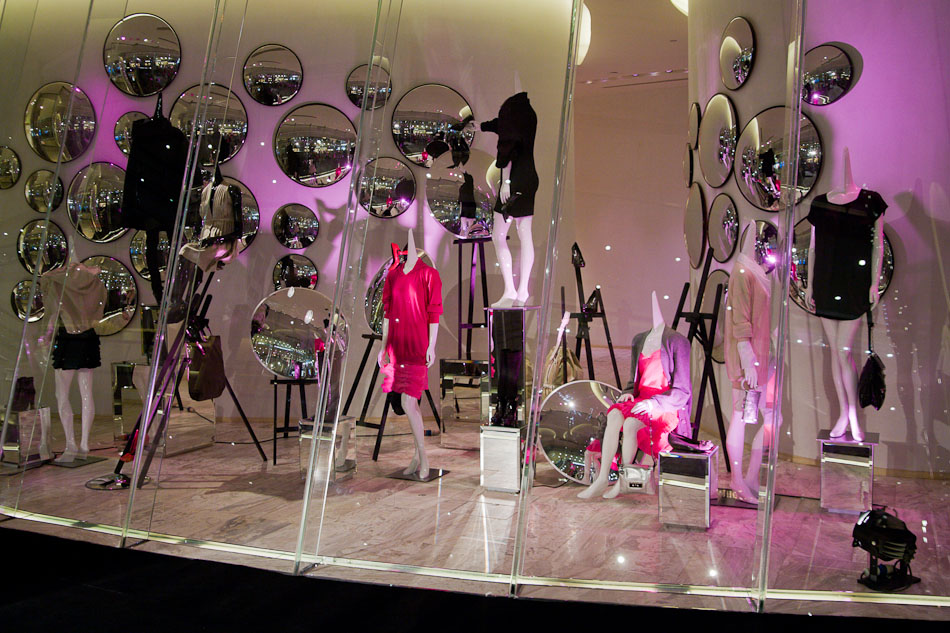Feb 20, 2010 | Development, Travel
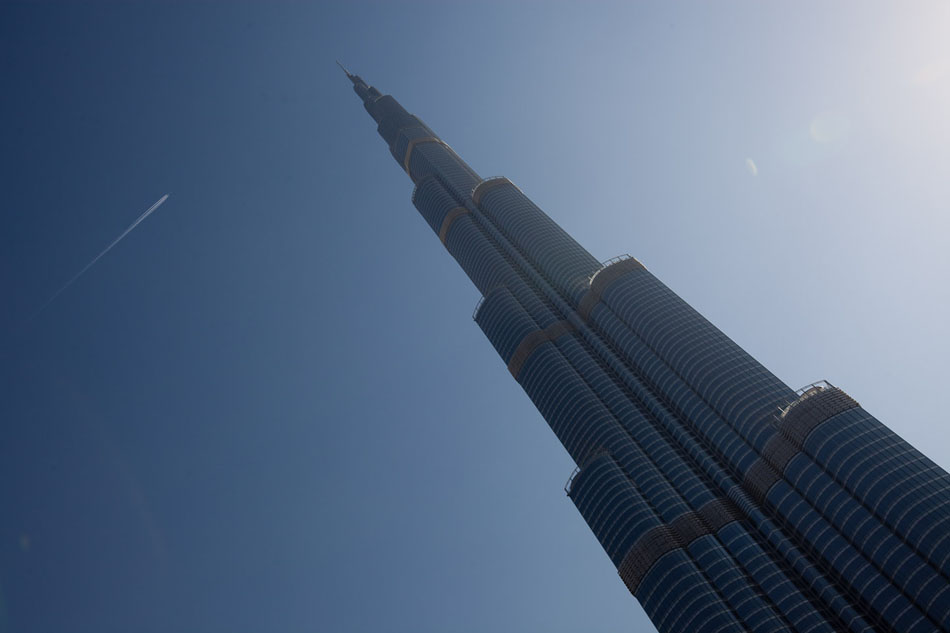
This past week I finally got to visit the developmental monstrosity that is Dubai. Nothing can really describe the audaciousness and scope of the luxury metropolis they hope to raise from the sands of the surrounding desert. Ranging from the largest mall in the world to the tallest building in the world, Dubai is building a new Babel that is already on the verge of going completely bust. For the foreseeable future however, despite the world economic downtown, the cranes are still moving as one of the largest construction sites in the world continues to lurch forward.

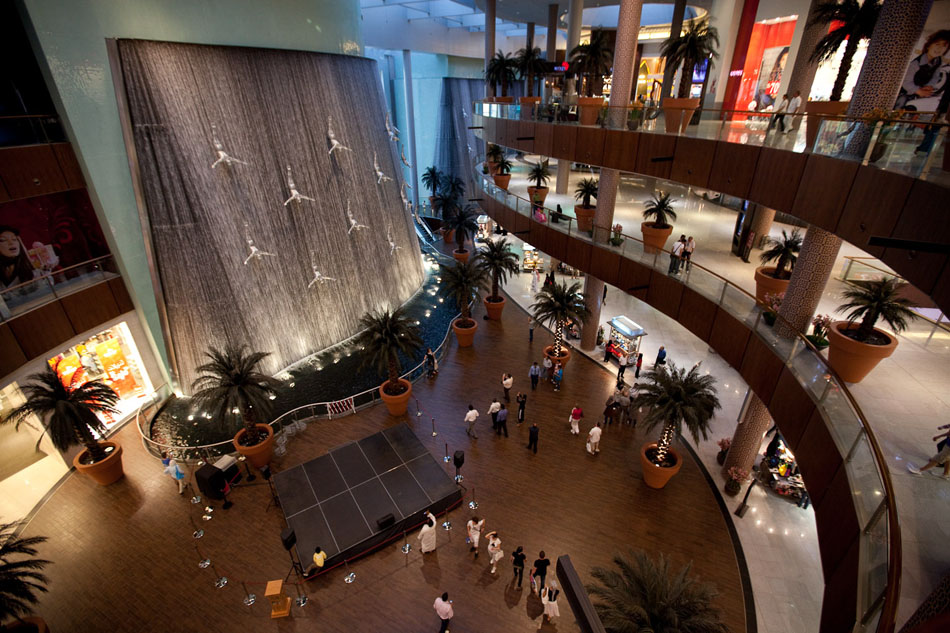
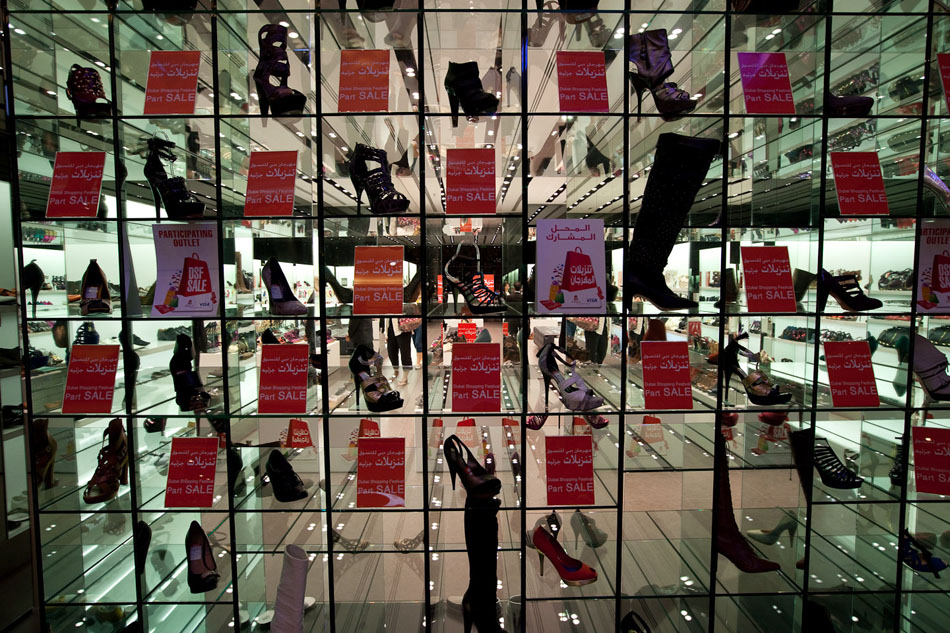
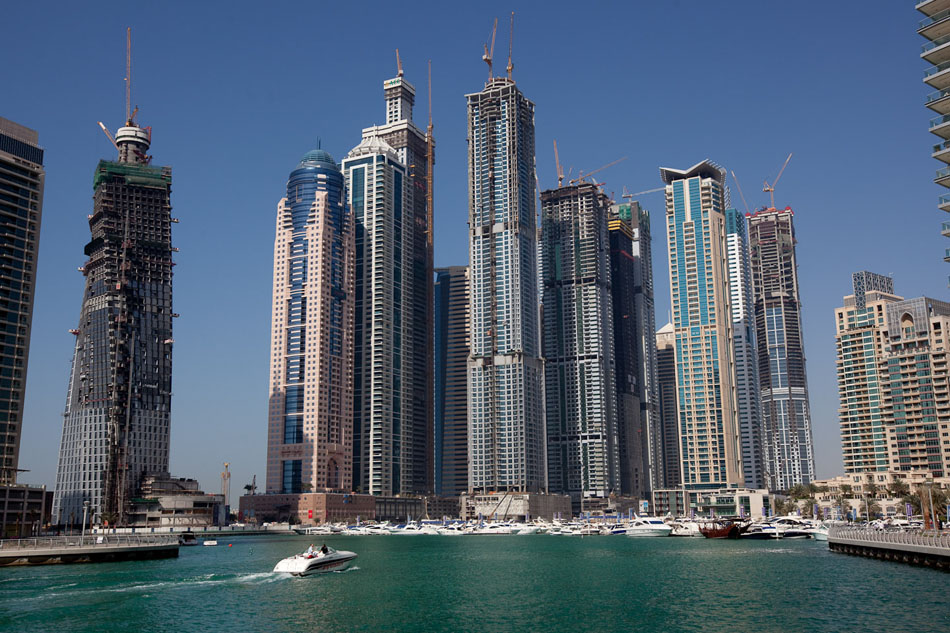
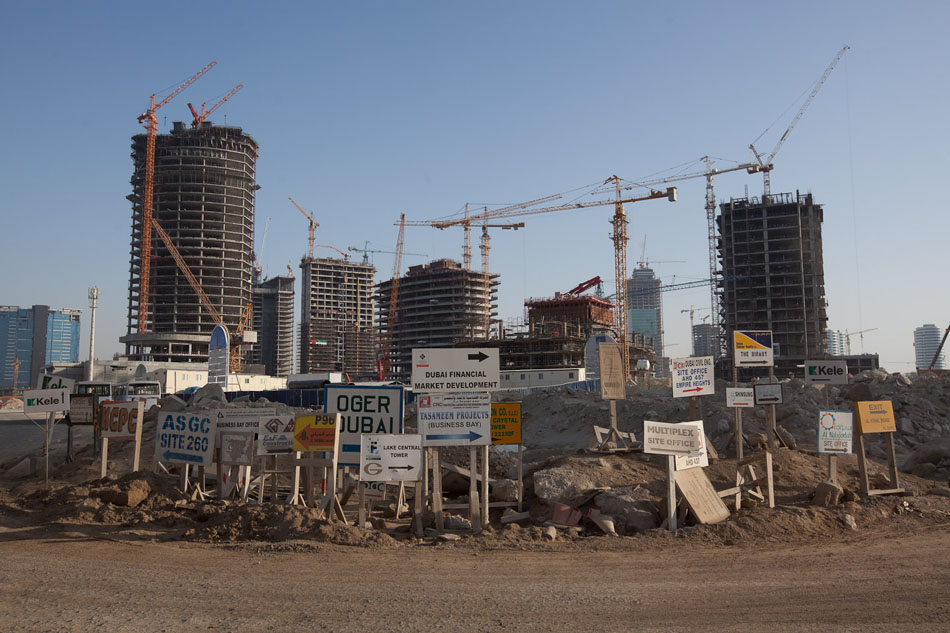
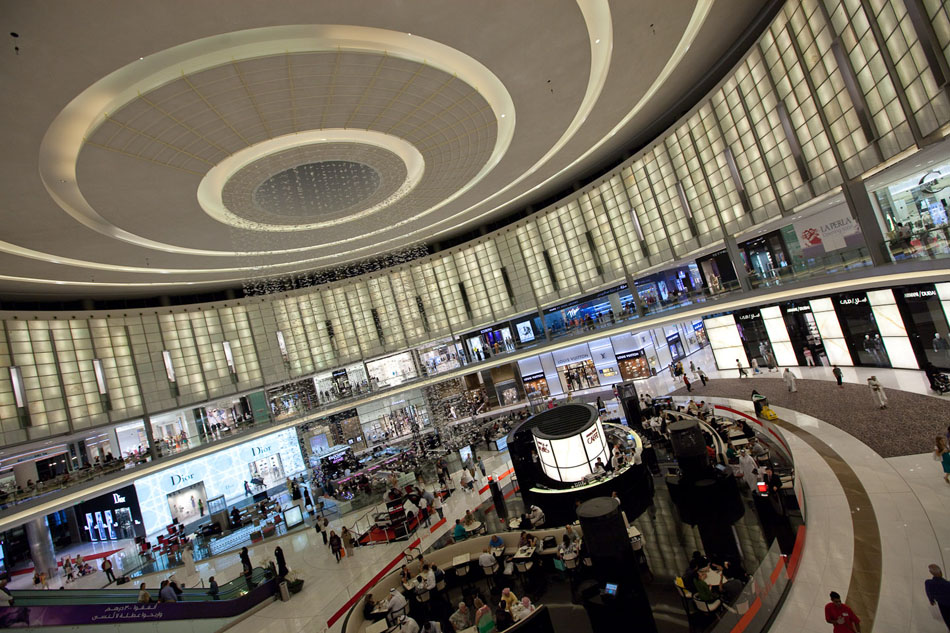
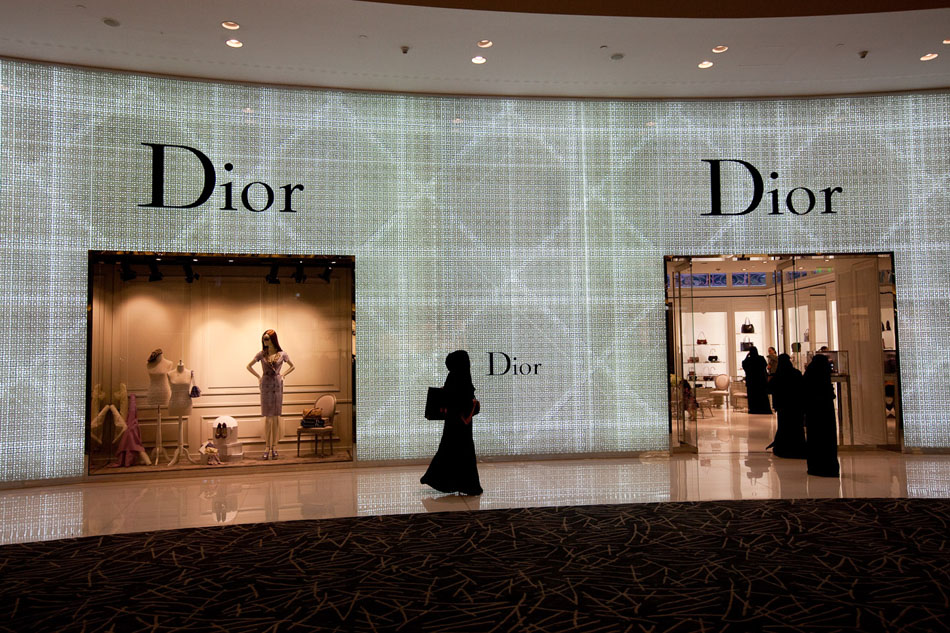
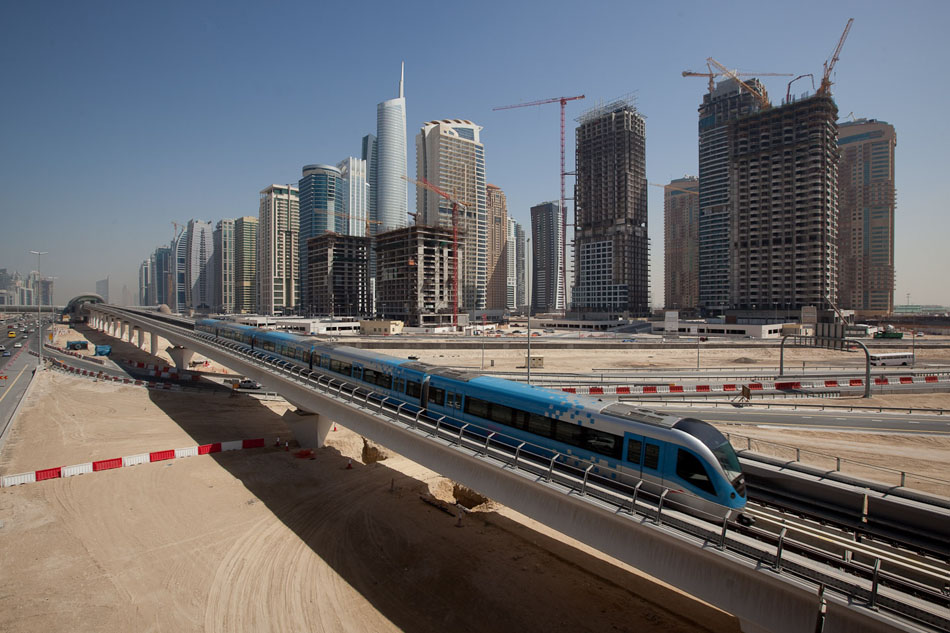
Oct 30, 2007 | Society

As urban residents wield greater purchasing power, sophisticated shopping becomes an ever-important status symbol. Those at the top of Beijing’s increasingly stratified income brackets constantly seek to distinguish themselves from the rest of the pack. Conspicuous consumptive habits thus provide instant prominence and luxury companies are scrambling to cater to and expand upon every whim and desire. Designer clothing, sports cars, and jet-set vacations become necessary additions to any ostentatious parvenu enjoying the taste of once forbidden fruits.
This weekend I bore witness to the star-studded opening of Lane Crawford’s department store in Beijing. It’s a four-story behemoth in a glitzy mall and only stocks vogue international fashion designers. Apparently Beijing has stepped into the sartorial big leagues. Whether or not the store will make money is another question. Beijing doesn’t exude pretentious airs quite like Shanghai or Hong Kong yet. Local shoppers prefer to browse the racks and then hit the streets in search of similar black-market counterfeits. Still, this won’t stop major luxury brands vying to cash in on Beijing’s nouveau riche and their swelling materialistic obsessions. Too much is at stake in this potential market.
Unfortunately sipping on Moet all evening and ogling $5,000 USD Raf Simmons leather jackets can only provide so much enjoyment. Such prices smack of insolence considering the average income of rural farmers in China still tops out at around $225 USD per year according to the Xinhua News Agency. Even most city dwellers who average $750 USD per year would be left out of the commodity feeding frenzy occurring in department stores across Beijing. Many disenfranchised economic groups are starting to take action though, and the Chinese state is starting to realize the vast potential of widespread social unrest if income gaps continue to widen in favor of those already lining their closets with Givenchy, Paul Smith, and Prada. Even though the potential for a luxury backlash looms ever on the horizon, for now nothing seems to stand in the way of these corporate giants.
See “China’s hunger for luxury goods grows” for an excellent description of Chinese yuppies aka chippies.
